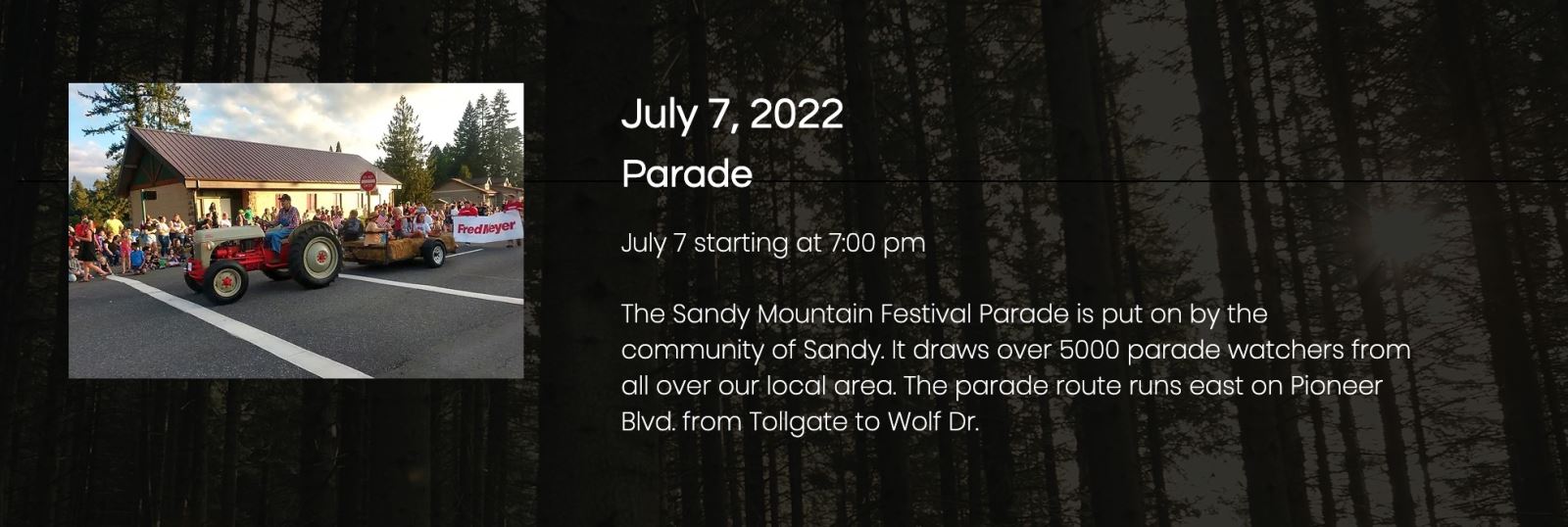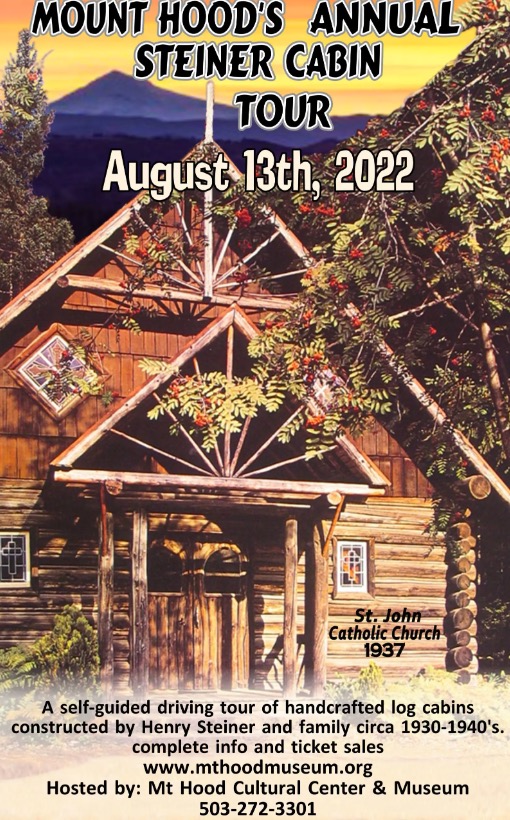Wednesday, September 14, 2022
by Liz Warren
More Blows to Housing from DLCD
Take Action by Friday, September 16th
Less than two months after the Oregon Land Conservation and Development Commission adopted the well-intentioned but ill-advised “Climate Friendly and Equitable Communities” rules that will increase the costs and complications of developing housing in Oregon, DLCD is at it again.
This time, in the name of “Wildfire Adapted Communities” DLCD is again proposing regulations that would dampen Oregon’s housing supply and choice at a time when we face the worst housing crisis in our state’s history, and in the nation.
The draft recommendations include items such as limiting where housing and commercial development can be located, requiring fire breaks in addition to the defensible space requirements for individual lots, and limiting where critical facilities such as schools, hospitals, and community lifelines can be sited.
The Legislature directed DLCD to report back by October 1, 2022 regarding “updates to the statewide land use planning program and local comprehensive plans and zoning codes that are needed in order to incorporate wildfire risk maps and minimize wildfire risk.”
The problem is, there are no maps. The Wildfire Risk Maps were pulled last month after major errors were identified and after strong public and community backlash.
Yet despite the fact that we don’t know where the regulations will apply, DLCD is charging ahead with them. That’s nonsensical. And now DLCD is using undefined terms like "areas of greatest wildfire risk” that, if interpreted broadly, could affect vast portions of the state.
To make matters worse, DLCD’s proposed requirements would apply above and beyond the new defensible space and home hardening regulations that are already being developed by other state agencies.
It’s important to protect our communities from wildfire risks. But we can’t develop regulations when we don’t know where they will apply. And any new regulations must not exacerbate Oregon’s housing crisis.
This is unjustifiable, and we must act now to stop it. Please email LCDC through the link below by Friday night and tell them not to advance their recommendation on new development considerations.
Written public comments delivered to the Commission Assistant at least 10 days prior to the meeting can be copied and distributed to the commission.
To submit comments electronically, please email the Commission Assistant at: est[email protected]
To mail in comments, please use this address:
Land Conservation and Development Commission
Attn: Esther Johnson, Commission Assistant
Oregon Department of Land Conservation and Development
635 Capitol Street NE, Ste. 150
Salem, OR 97301














